The Definitive Guide to Samurai Sword Lengths
The Katana is arguably the most recognized sword in the world—curved, sleek, and steeped in centuries of samurai tradition. But for collectors, martial artists, or enthusiasts, a common and important question arises:
“How long is a real katana?”
This article offers a comprehensive exploration of katana length, and how it fits within the broader ecosystem of traditional Japanese swords—Tantō, Wakizashi, and Nodachi. We’ll dive into measurements, construction principles, combat logic, and cultural significance to provide you with a clear and thorough answer.
📏 Standard Katana Length: Blade and Overall
➤Blade Length (Nagasa)
Traditionally measured in Japanese units:
- 2 shaku to 2 shaku 4 sun
- → 60.6 cm to 72.7 cm (24” to 28.6”)
The most common standard is:
- 2 shaku 2 sun = 66.6 cm (~26.2 inches)
➤Overall Length (with handle)
- Usually ranges from 100 to 110 cm
- Katana handles (tsuka) typically measure 25–30 cm
This makes the katana long enough for two-handed use while remaining maneuverable, especially during fast draw-and-cut techniques (iaijutsu).
🧠 Why That Specific Length?
The katana’s dimensions are not arbitrary. Its size evolved through centuries of battlefield refinement and reflects a balance between:
| Combat Factor | Katana’s Design Solution |
|---|---|
| Speed of drawing | Blade faces upward, curvature aids fast draw |
| Maneuverability | Shorter than cavalry swords like the Tachi |
| Cutting power | Two-handed grip enables full-body slashing |
| Versatility | Works in confined indoor or open field situations |
This length allows the katana to excel in close-quarters foot combat, unlike the longer Tachi meant for horseback use.
⚔️ How Does Katana Length Compare to Other Japanese Swords?
To understand the katana better, it helps to place it in the spectrum of traditional Japanese swords:
| Sword Type | Blade Length (cm) | Traditional Unit | Primary Use |
|---|---|---|---|
| Tantō | < 30.3 cm | Under 1 shaku | Concealed carry, stabbing, defense |
| Wakizashi | 30.3 – 60.6 cm | 1 – 2 shaku | Secondary sword, indoor use |
| Katana | 60.6 – 72.7 cm | 2 – 2.4 shaku | Primary sword for samurai |
| Nodachi | 72.7 cm or more | 2.4+ shaku | Battlefield slashing, anti-cavalry or ceremonial use |
🧮 n modern metrics:
1 shaku = 30.3 cm
1 sun = 3.03 cm
🧬 Structural Anatomy and Its Relationship to Length
| Feature | Katana Specification |
|---|---|
| Curvature (Sori) | Slight curve (~1.5–2 cm), optimal for draw-cut |
| Tip (Kissaki) | Medium or long, suited for piercing and cutting |
| Spine (Mune) | Reinforced ridge adds strength without excess weight |
| Grooves (Hi / Bo-hi) | Often present to reduce weight and shift balance |
Additionally, the blade geometry (zō)—especially the cross-sectional build like shinogi-zukuri—is designed to maximize edge retention and cutting efficiency while preserving the katana’s characteristic profile.
🕰️ Historical Evolution of Katana Length
- Heian & Kamakura periods: Long Tachi (often over 75–80 cm) used by mounted warriors.
- Muromachi period: Transition to Uchigatana (early form of katana) due to rise of infantry combat.
- Edo period: Sword length standardized to 2 shaku to 2 shaku 3 sun as part of Tokugawa laws.
These regulations reflected the shift from war-focused weaponry to symbolic, status-driven design. The katana became not just a tool of battle, but also a representation of discipline and class.
🧱 Katana vs Wakizashi vs Tantō vs Nodachi – Full Comparison Table
| Attribute | Tantō | Wakizashi | Katana | Nodachi / Ōdachi |
|---|---|---|---|---|
| Blade Length | < 30.3 cm | 30.3 – 60.6 cm | 60.6 – 72.7 cm | 72.7 cm – 150+ cm |
| Worn By | Nobles, women | Samurai (indoors) | Samurai (primary) | Elite warriors, temples |
| Use | Stabbing, defense | Close combat, backup | Primary combat, iai | Cavalry slashing, ritual |
| Draw Method | Waist or sleeve | Edge-up at waist | Edge-up at waist | Back-mounted or carried |
| Frequency | Rare today | Common in daishō | Most iconic | Rare, symbolic |
🔍 FAQs About Katana Length
Q: Are all katana the same length?
A: No. While the standard falls between 60–73 cm, ceremonial swords or custom pieces may vary.
Q: Can katana length be customized?
A: Yes. Martial artists often adjust length to fit their height and draw style.
Q: What’s the difference between a long katana and a Nodachi?
A: A long katana still follows the katana form and mounting. A Nodachi is larger in every way—often too large for belt carry, requiring back-mounting or a retainer.
🎯 Conclusion: Katana Length Reflects Function and Philosophy
The katana’s length—typically 66–70 cm—represents a balance between speed, reach, control, and cutting efficiency. It’s not just a number. It reflects the refined logic of samurai combat, centuries of swordsmithing evolution, and a design shaped as much by technique as by tradition.
Understanding the katana’s length gives you more than technical specs—it gives you insight into the very soul of the sword.
🔗 Related Article
Want to know how katana size affects performance?
Explore the typical weight range of katanas, the factors that influence their mass, and why balance is just as important as blade length.
Read more
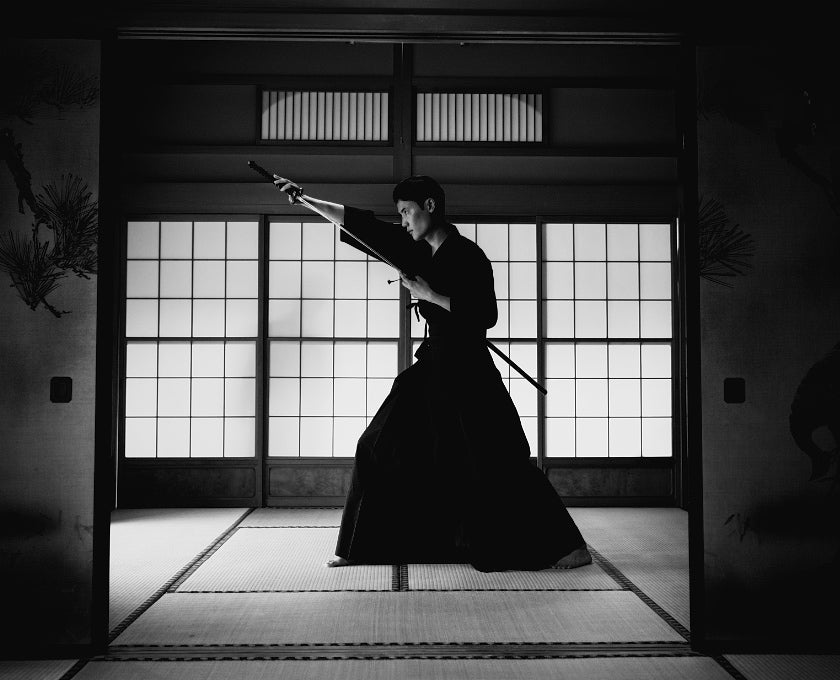
Unveiling the History, Craftsmanship, and Soul of the Samurai Sword The katana is arguably the most iconic Japanese sword ever forged. Renowned for its graceful curvature, keen edge, and deep spiri...
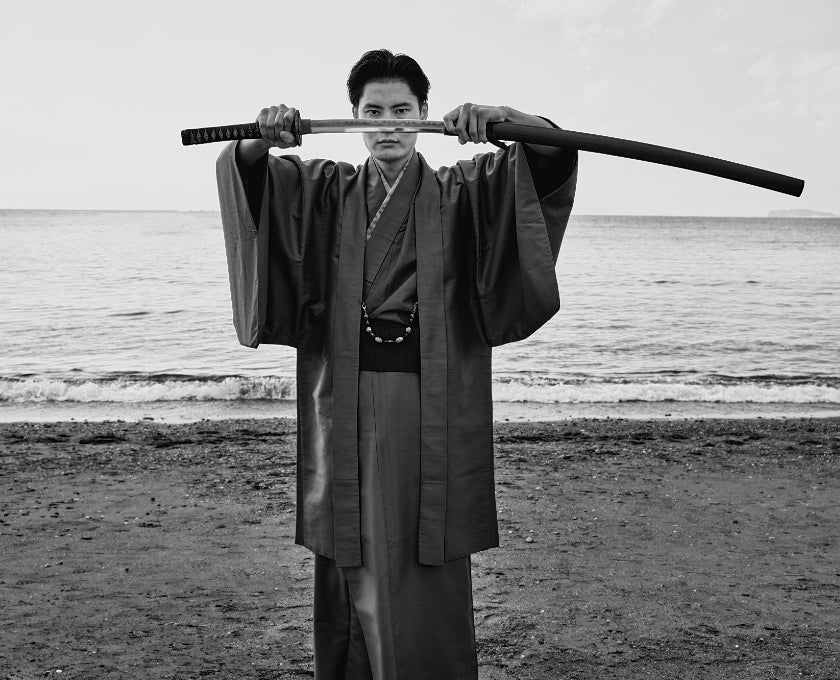
Understanding the Weight and Balance of the Samurai Sword When people imagine a katana, they often focus on its elegant curve, deadly edge, or cultural symbolism. But another crucial detail defines...
Shop katana
Our katana store offers a wide selection of japanese swords — from traditional katanas and anime-inspired designs to fully functional blades — featuring a variety of materials and craftsmanship to suit your preferences.

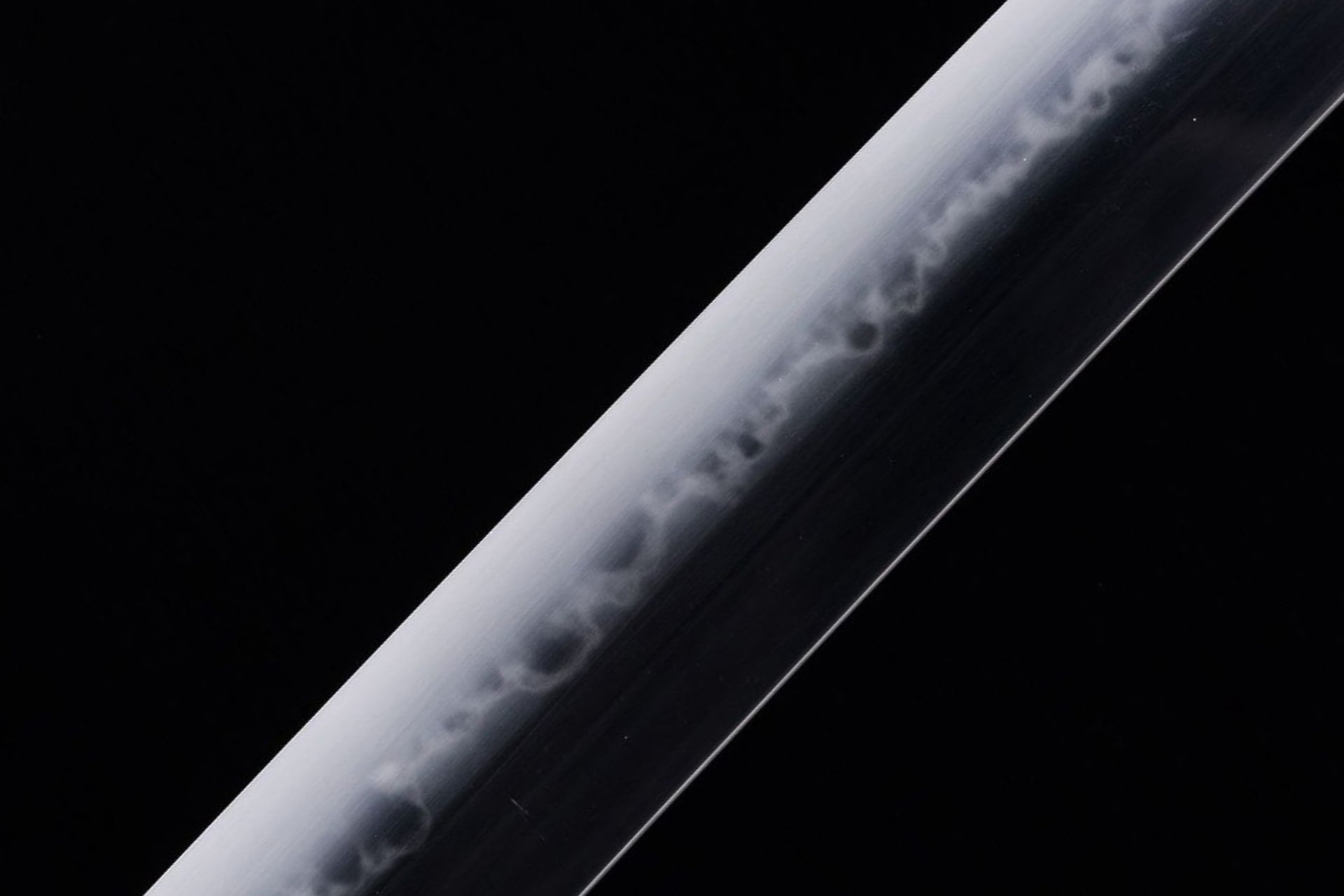
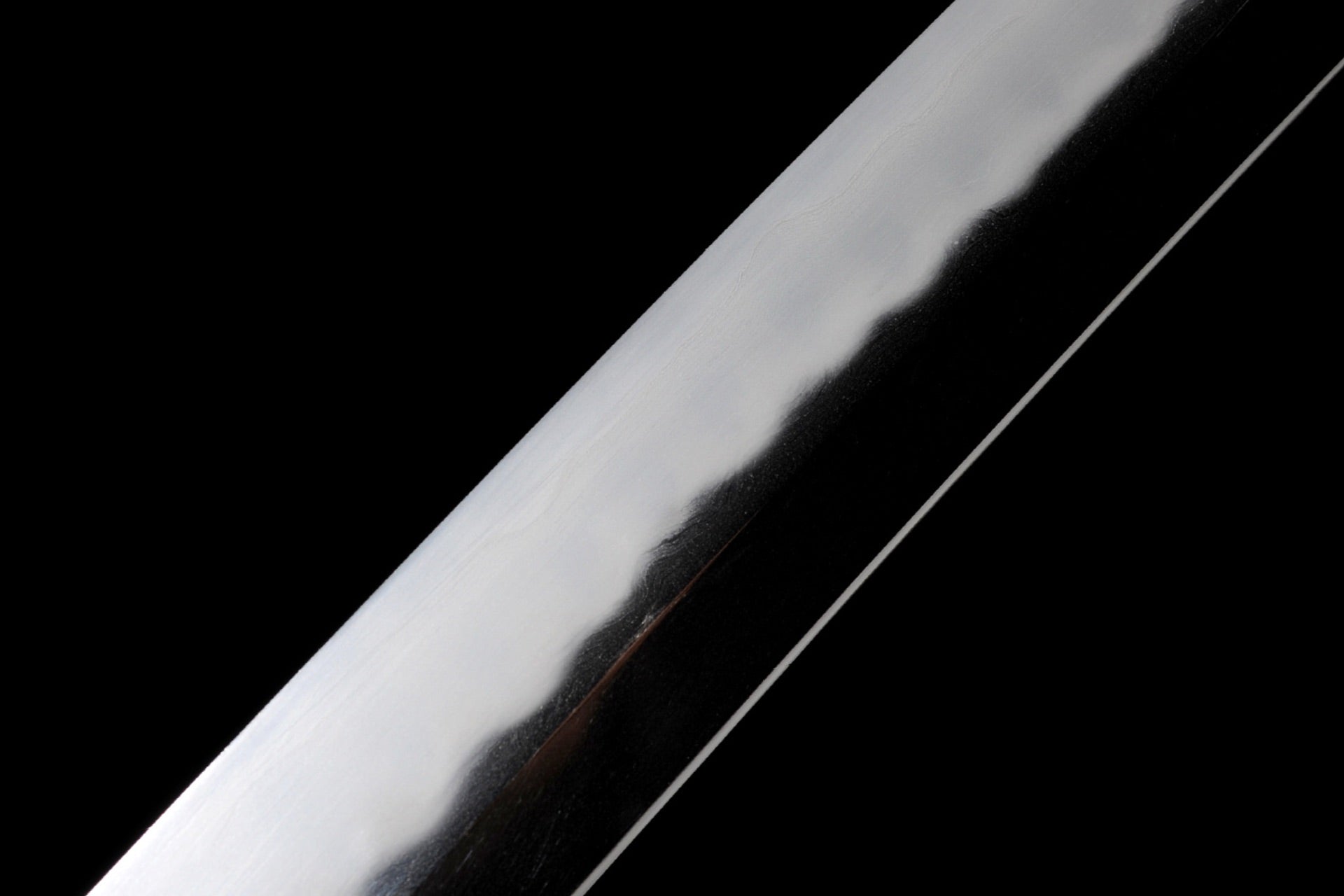
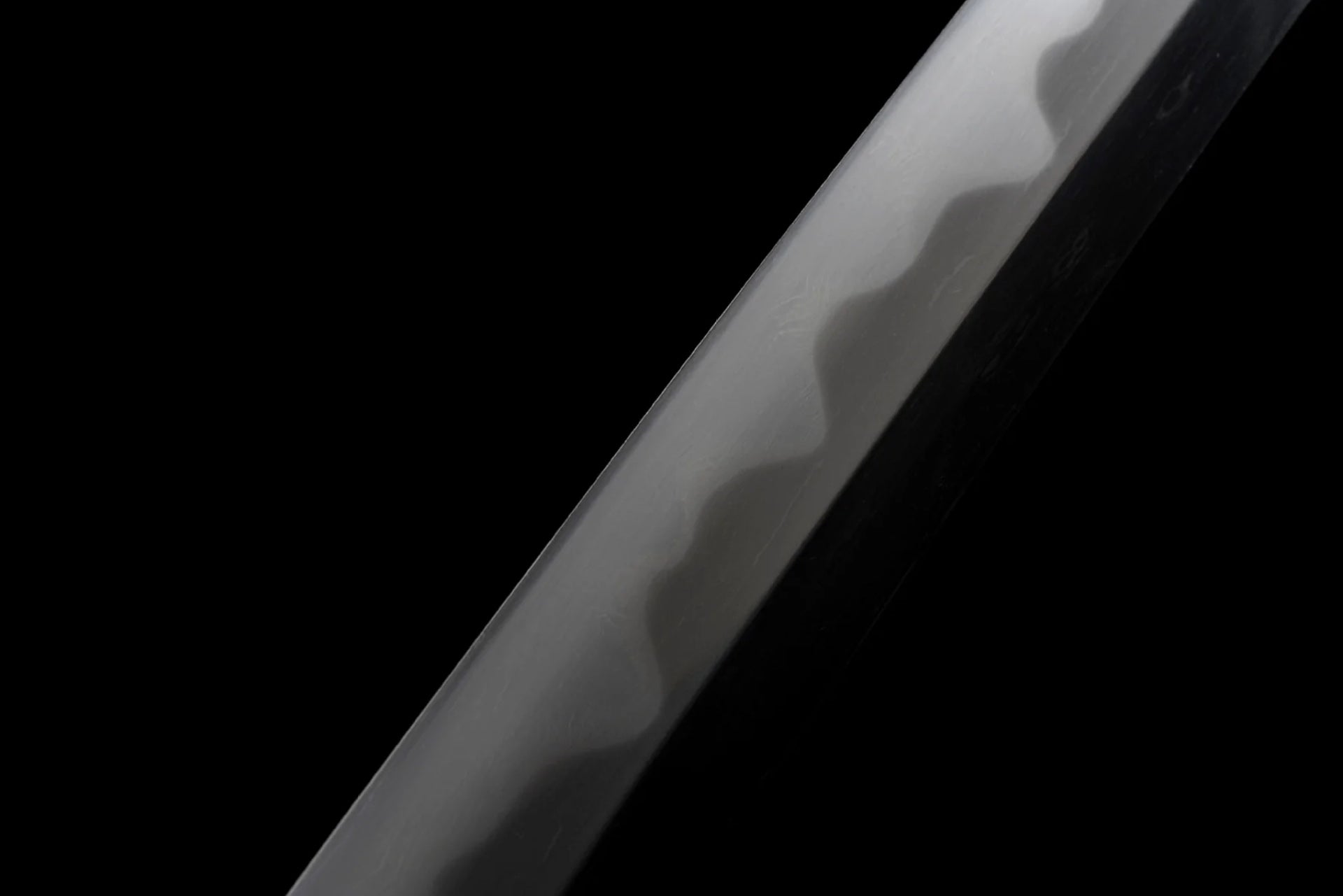
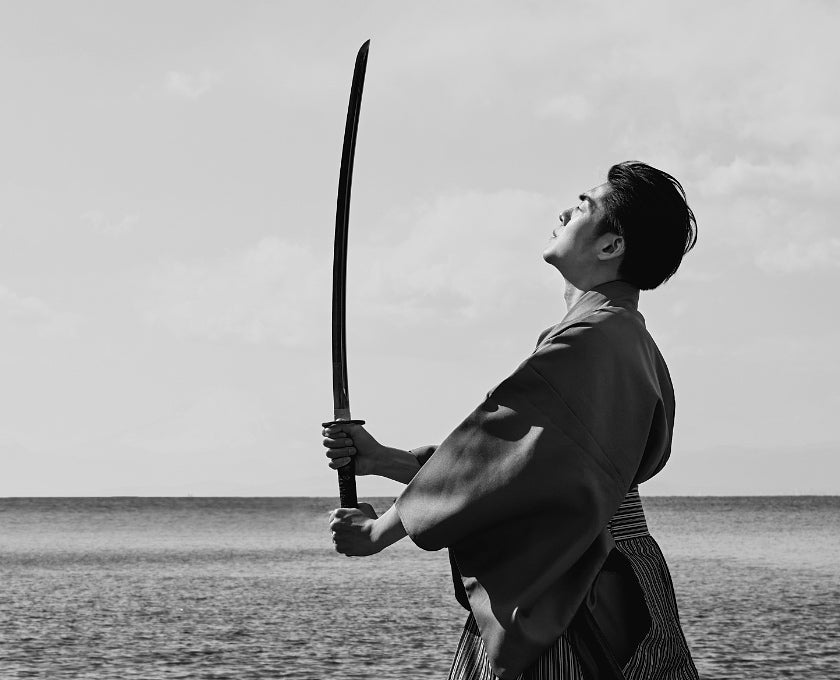
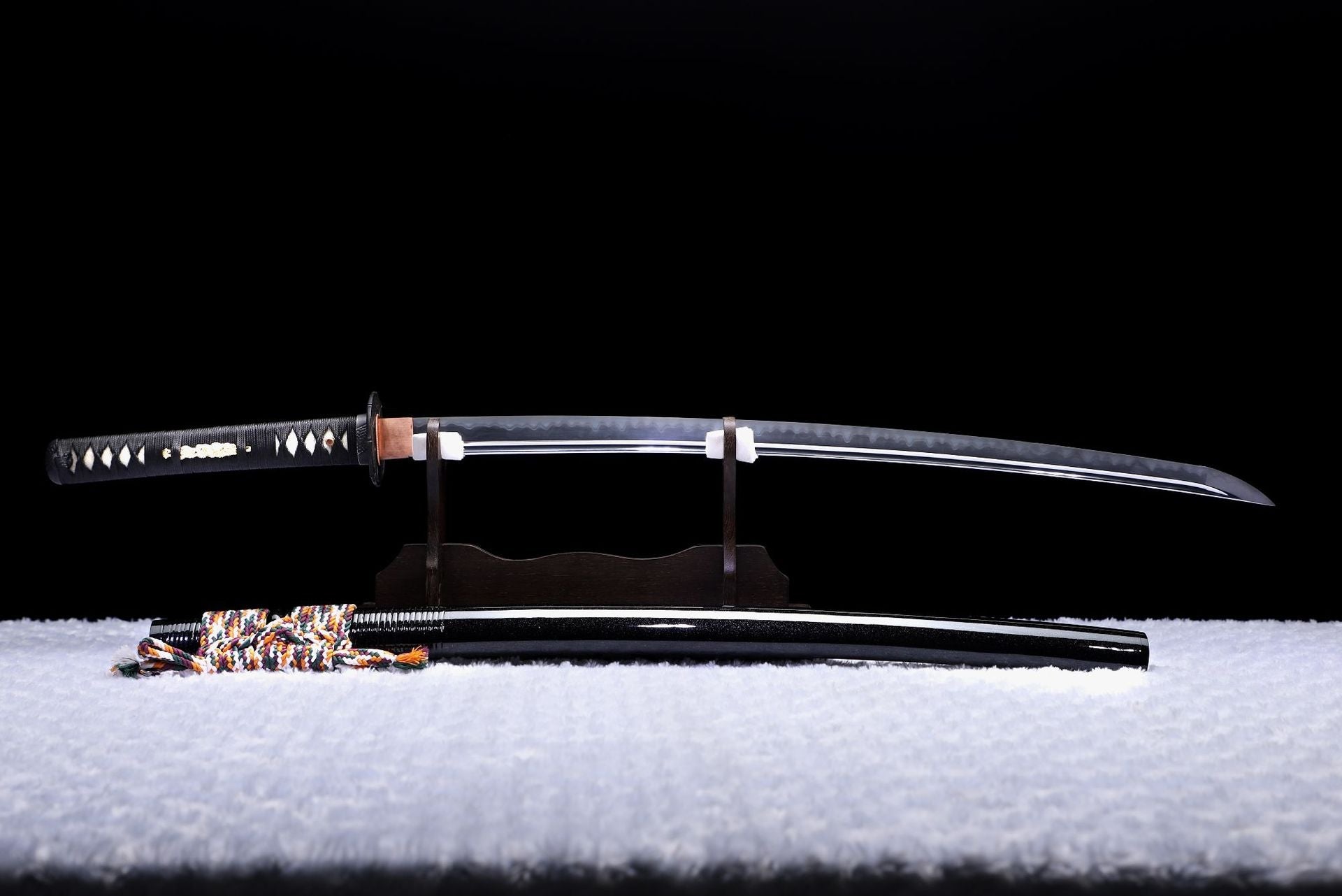
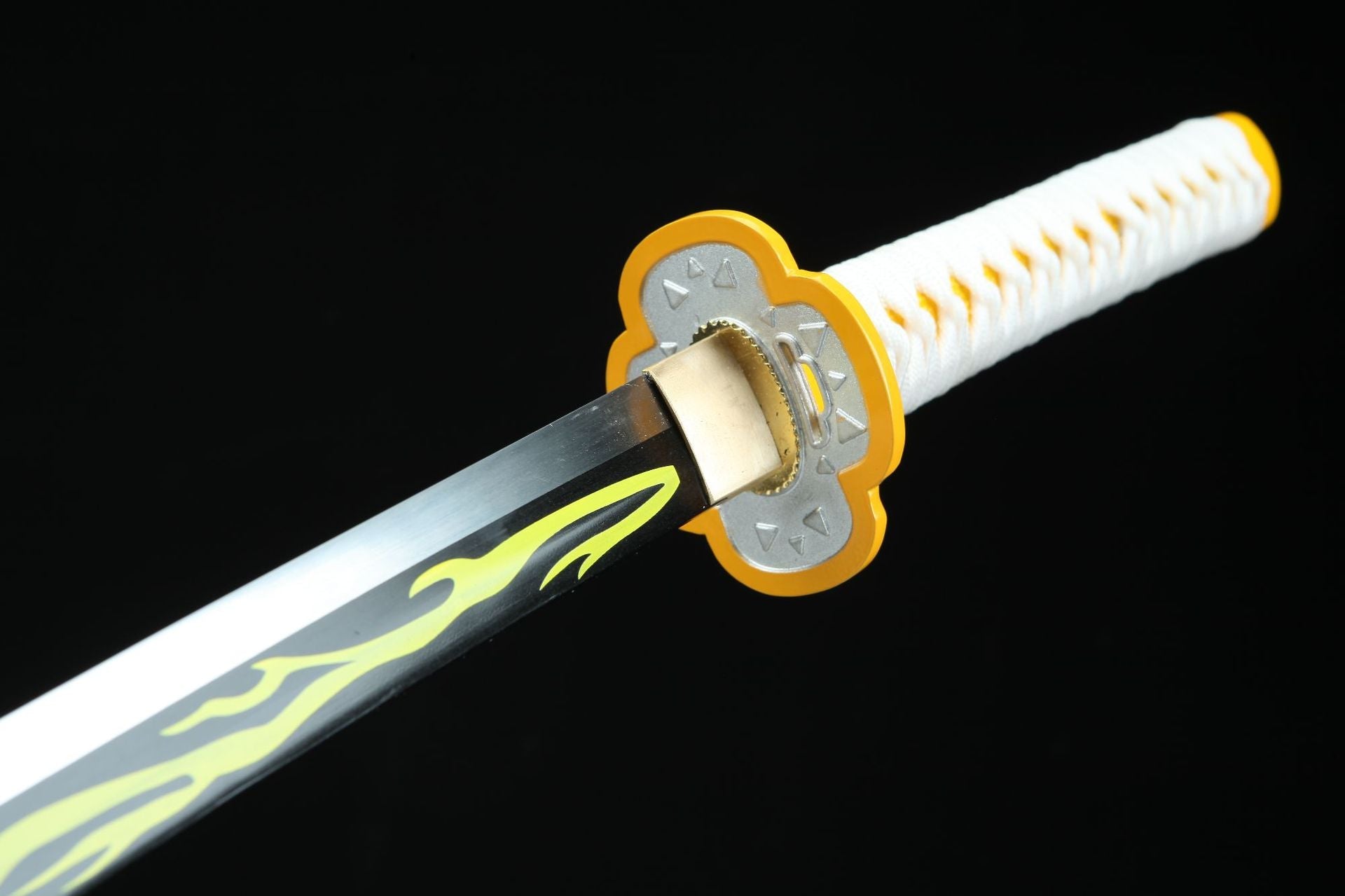
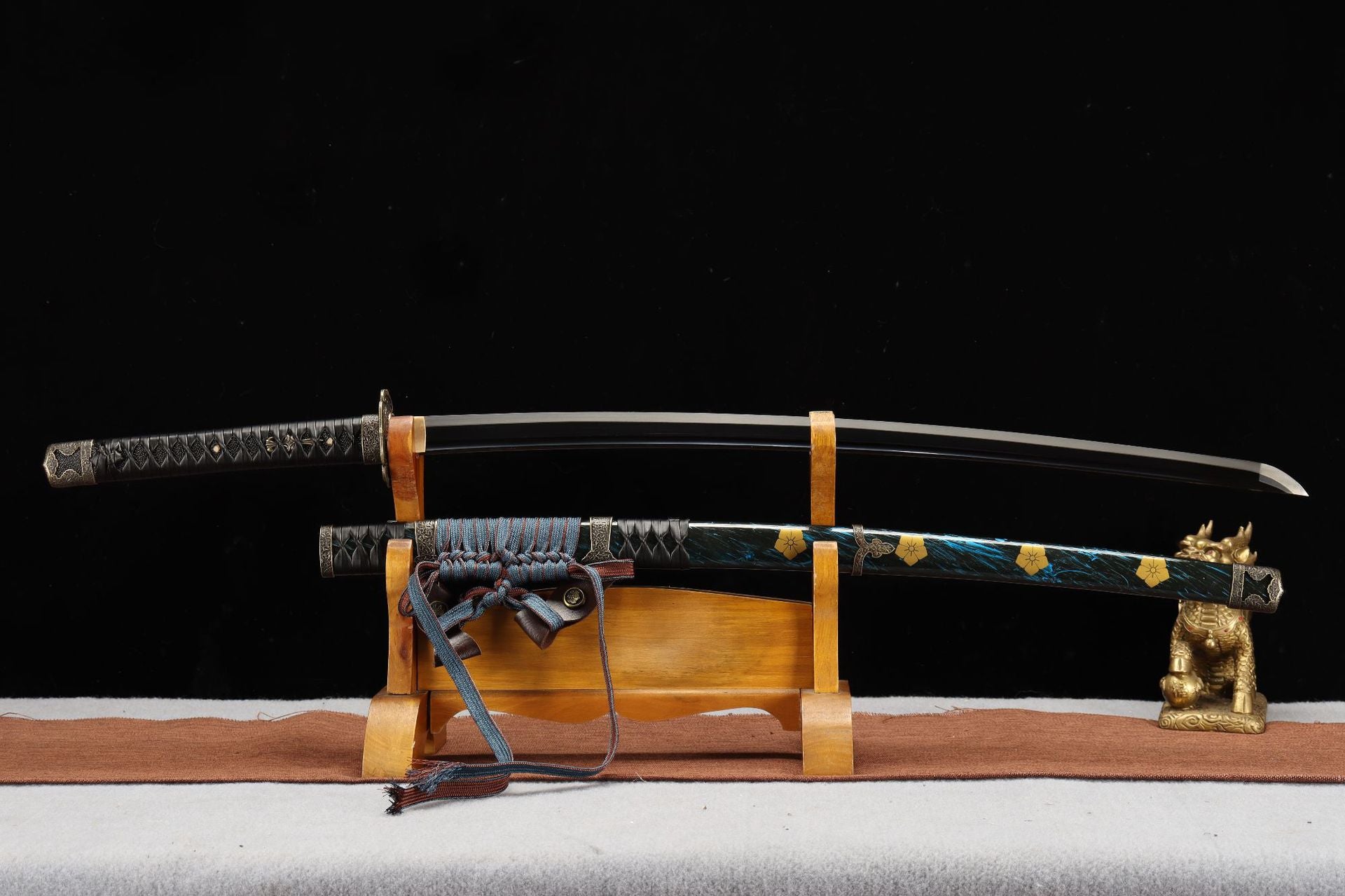
Leave a comment
All comments are moderated before being published.
This site is protected by hCaptcha and the hCaptcha Privacy Policy and Terms of Service apply.